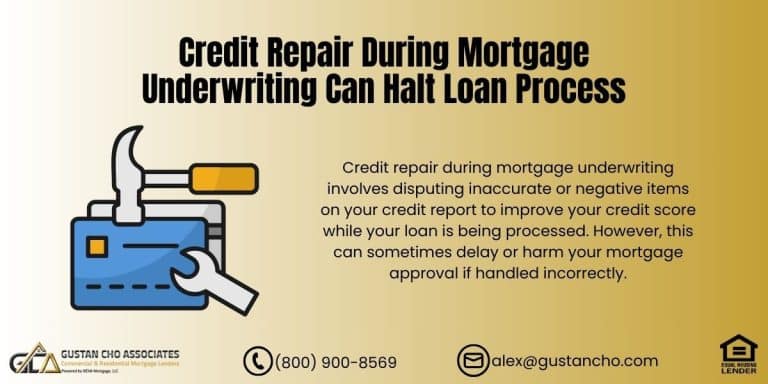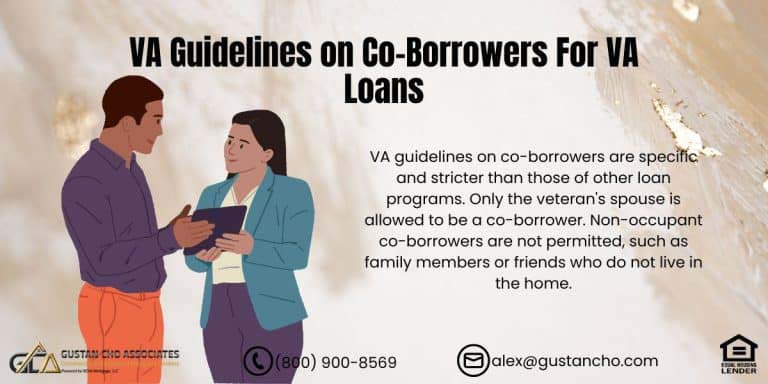This guide covers lender overlays on credit tradelines by mortgage underwriters. Do all mortgage companies have lender overlays on credit tradelines? Many mortgage lenders have lender overlays on credit tradelines. What are credit tradelines? Credit tradelines are defined as a credit account such as credit card accounts, auto loans, installment loans, student loans, revolving credit account that is active that a consumer has established a payment history with for at least 12 month.
HUD, Fannie Mae, Freddie Mac does not require credit tradelines to get an approve/eligible per Automated Underwriting System. However, most banks and many lenders do have lender overlays on credit tradelines.
Depending on the mortgage lender, some lenders may require three credit tradelines that has been seasoned at least 12 months. There are some mortgage companies that have lender overlays on credit tradelines where they may require three credit tradelines that have been seasoned for 24 months. There are others that may have lender overlays on credit tradelines that have been seasoned for 36 months.
Why Are Credit Tradelines So Important?
Credit Tradelines are very important because it shows payment pattern and its history. Creditors, especially lenders, judge those seeking credit on their likelihood of paying their credit payment on time by reviewing their prior payment history past. That is why the longer consumers had credit tradelines, the more favorably the creditor will judge credit applicants. Aged credit tradelines are viewed as compensating factors. Compensating Factors are positive strength credit applicant has such as the following:
- aged credit tradelines
- reserves
- larger down payment on a home purchase
- second job the borrower has but is not used to qualify income
- low debt to income ratios
- high credit scores
The older the credit tradelines the borrower has, the stronger the credit profile the borrower has and the more favorable the mortgage underwriter views the loan applicant. One area where lender overlays can come into play is with credit tradelines. Credit tradelines are records of a borrower’s credit accounts and payment history. Mortgage underwriters assess these tradelines to determine a borrower’s creditworthiness. While government agencies and investors have certain minimum credit score requirements and guidelines for evaluating credit history, lenders may introduce additional requirements known as lender overlays.
Speak With Our Loan Officer for Mortgage Loans
What Are Lender Overlays
Lender overlays refer to additional requirements or criteria that a mortgage lender may impose on top of the minimum guidelines set by government agencies or secondary market investors (such as Fannie Mae, Freddie Mac, or FHA) when underwriting mortgage loans. Remember that lender overlays are specific to mortgage lending practices and may differ from one lender to another.
Borrowers should consult with their chosen lender or mortgage professional to understand the specific overlays that may apply to their mortgage application.
These overlays are specific to the lender and are used to manage risk and ensure that the loans they originate meet their internal standards. Borrowers need to be aware of lender overlays when applying for a mortgage, as they can vary from one lender to another. Borrowers should compare different mortgage lenders to find one whose overlays align with their financial situation and goals. Working with a mortgage broker or loan officer can help borrowers navigate these lender-specific requirements.
What Are Common Examples of Lender Overlays
Some common examples of lender overlays related to credit tradelines include high credit score requirements. A lender may require a higher minimum credit score than what is mandated by government agencies or investors. Minimum Tradeline Requirements: Lenders may require a certain number of open and active tradelines (credit accounts) to demonstrate a borrower’s credit history.
Lenders may impose stricter debt-to-income ratio limits than the standard guidelines. Some lenders may require borrowers to have a certain amount of cash reserves after closing to cover potential financial hardships.
Seasoning Requirements: Some lenders may have specific waiting periods after certain credit events, such as bankruptcy or foreclosure, before considering a borrower’s application. Non-Traditional Credit Evaluation: While government agencies consider traditional credit sources like credit cards and loans, some lenders may allow non-traditional sources of credit, such as rent payments or utility bills, to be included in a borrower’s credit history. Find a lender for you loan in your area, click here
How To Add Credit Tradelines With Bad Credit
Consumers who recently went through a bankruptcy or foreclosure should start re-establishing their credit and start adding credit tradelines as soon as possible. Adding credit tradelines is extremely important and increases credit scores. Many consumers will have trouble and find it challenging in obtaining credit after bankruptcy or foreclosure so trying to obtain unsecured credit cards is not recommended.
Secured credit cards is the fastest and easiest way of re-establishing credit. If consumer has no active credit tradelines, each secured credit card will boost their credit scores by at least 20 FICO or more points.
The best way of re-establishing credit is by getting secured credit cards. Three secured credit cards is recommended with at least a $500 credit limit. The way secured credit cards work is by depositing a sum of money with the secured credit card provider.
Lender Overlays On Credit Tradelines: Creating Tradelines With Secured Credit Cards
The secured card company will issue consumer a credit limit equivalent to the amount of the deposit. The deposit with the secured credit card company will be used by the company as collateral in the event cardholder default on payment agreement with them.
Secured credit cards work exactly like unsecured credit cards. Secured credit card company will report credit card payment history to all three credit reporting agencies.
As secured credit card ages, the stronger the cardholders credit profile will be. Credit scores will increase over time. After one year of having your secured credit card with timely payment history, secured credit card provider will gradually increase cardholder credit limit without any additional deposit.
Qualify for a loan with bad credit score , click here
Lender Overlays On Credit Tradelines: Adding Yourself To Another Credit Card Holder Account
Another alternative of adding instant credit tradelines on your credit report is by adding yourself as an authorized card user to establish credit to another person’s card. There are risks associated with this strategy versus its rewards. The rewards are that you will have instant aged credit tradelines reported on your credit report. Even if the main credit card holder pays their monthly payment on time, if the main credit card holder has maxed out credit cards, this will drop the scores of the authorized card user.
If the main credit card user is ever late with any of their monthly credit card minimum payments, it will reflect it on the authorized user as well and hurt the authorized user’s credit scores.
Again, if you run into lender with lender overlays on credit tradelines and are told they do not qualify due to their lender overlays on credit tradelines requirements, no need to panic. Contact us at Gustan Cho Associates at 800-900-8569 or text us for a faster response. Or email us at gcho@gustancho.com. We have no lender overlays on credit tradelines. We are direct lenders with no lender overlays on government and conventional loans.









